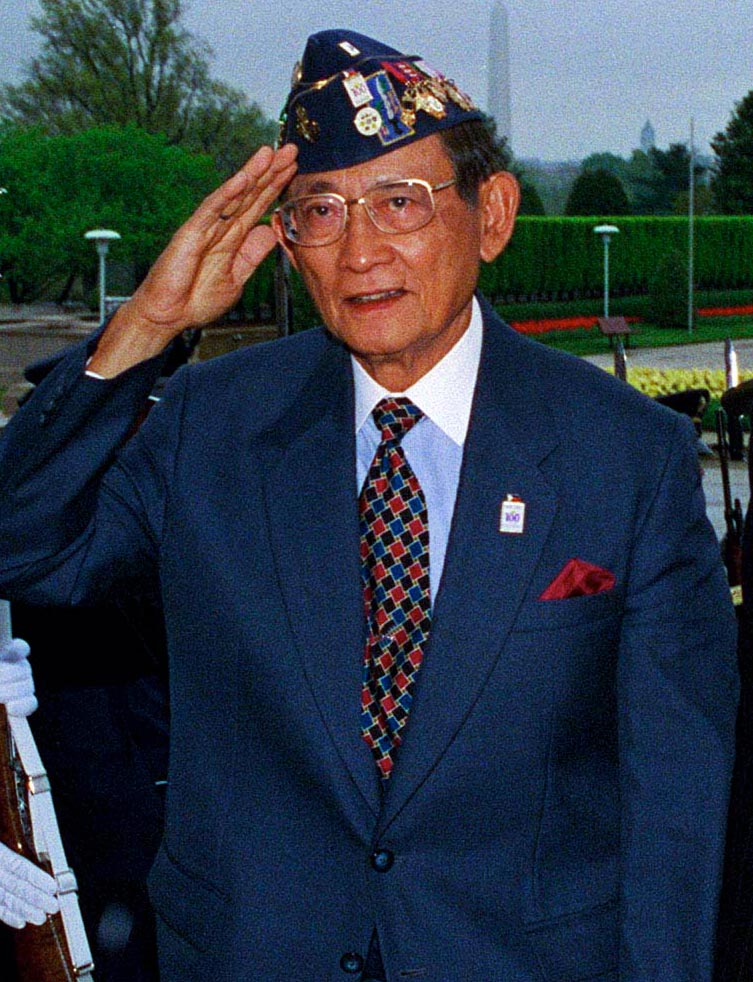Lifestyle
After Mahathir victory, will FVR make a comeback?

FILE: Howeer, Ramos, who is popularly called by his initials “FVR”, was silent about it (Photo By Robert D. Ward, Public Domain)
MANILA — Age doesn’t matter, as the saying goes.
This was demonstrated by Dr. Mahathir Bin Mohamad, who at 92 years old, was elected anew as Prime Minister of Malaysia 15 years after he stepped down from office.
Mahathir has established an unprecedented record as the world’s oldest elected leader by defeating former protege Najib Razak.
With Mahathir back in power, diehard supporters of Fidel V. Ramos, now 90 years old, have toyed with the idea of letting the former president stage a political comeback, according to journalist and book author Melandrew T.
Velasco.
However, Ramos, who is popularly called by his initials “FVR”, was silent about it, Velasco said.
Velasco asks, will FVR make a political comeback? Only time will tell.
However, under the present Constitution, a president is elected only once for six years with no reelection.
Upon learning of Mahathir’s victory, FVR, a close friend of the new Malaysian Prime Minister, immediately sent a congratulatory message to Mahathir.
“We congratulate you as the champion of the ‘no-nons (no nonsense)’ and wish you and the people of Malaysia continued success in your aspiration for greater peace, prosperity, stability and development,” FVR wrote.
FVR said the election of Mahathir “is both a personal achievement as much as a clear manifestation of the trust and confidence in your integrity, capability and expertise by the people you have worked with and served well through all these years and in various offices that you held.”
According to Ramos, the Philippines and Malaysia have nurtured a long history of close friendship and cooperation, as well as shared commitment to the noble principles of peace, sustainable development, universal brotherhood and democracy, together with other values “both our peoples cherish.”
“Through this relationship, opportunities for mutually beneficial economic, social, educational, cultural and security endeavors have widened. It is out ardent hope that, through your able leadership and strong support, these benefits will be sustained and expanded to further strengthen our people’s various linkages,” added FVR.
BIMP EAGA, Malaysian relations
It may be recalled that during the Ramos presidency, the Brunei-Indonesia-Malaysia-Philippines East ASEAN Growth Area (BIMP-EAGA) was established.
Ramos suggested to his counterparts in the ASEAN in October 1992 that its development was boosted by the final peace agreement signed between the Government of the Philippines (GRP) and the Moro National Liberation Front (MNLF) in 1996.
The Philippines has had a long-standing territorial claim over Sabah when Ramos ascended into office in 1992. Because of this, and despite ASEAN, Philippine-Malaysian relations had become frosty, said former foreign affairs secretary Roberto Romulo.
Velasco said that the most significant trip that Romulo remembers was when he, his predecessor Raul Manglapus, and President Ramos went to Kuala Lumpur in January 1993 for a planned meeting with Mahathir, who was then Malaysian prime minister, over the sticky Sabah issue.
Arriving in the Malaysian capital before the meeting with Mahathir, the three huddled until four o’clock in the morning but were still at a loss on the Sabah issue.
Four-eyes meeting
In the car on the way to the arranged meeting with Mahathir, Ramos told Romulo to tell the Malaysian ambassador he wanted a four-eyes meeting with Mahathir.
“Do you know what a four-eyes meeting is? A four-eyes meeting is just the President and Mahathir, nobody else. Now in diplomacy, that is very rare,” Romulo said.
The four-eyes meeting on the Sabah issue took place, but Ramos never told Romulo exactly what he and Mahathir agreed upon. What he knew was that, in a party thrown by the Prime Minister for the Philippine delegation the following night in his own house, the animosity had disappeared.
“The two of them sang and that was unusual because both could not sing. And that was the beginning of excellent relations between the Philippines and Malaysia, which was very bad under President Cory,” Velasco quoted Romulo as saying.
Much later, Ramos revealed that they both agreed to set aside the Sabah question while they worked for their mutual economic benefit in the ASEAN.
After that, the AFTA idea and BIMP-EAGA sailed smoothly through the choppy waters of the region for the rest of the Ramos administration.
BIMP-EAGA was made into a common free trade area between the Sultanate of Brunei, the provinces of East and West Kalimantan and North Sulawesi in Eastern Indonesia, the states of Sabah and Sarawak and Federal territory of Labuan in Eastern Malaysia, and the islands of Mindanao and Palawan in the Philippines.
These components had been in fact natural trading partners before the advent of colonization in Southeast Asia.
BIMP-EAGA was neglected during the Estrada period, and was only revived by the Arroyo Administration after the Asian Development Bank (ADB) released an in-depth study that confirmed that the Ramos idea of a sub-regional special economic development zone of contiguous backdoor regions of the participating nations had strategic value, Velasco said.
Former Presidential Adviser on Mindanao and now Presidential Adviser on the Peace Process Jess Dureza is credited for working with his counterparts for the reopening of direct air-flights among the participating provinces to facilitate the free flow of goods, services and people in the territories covered.





















